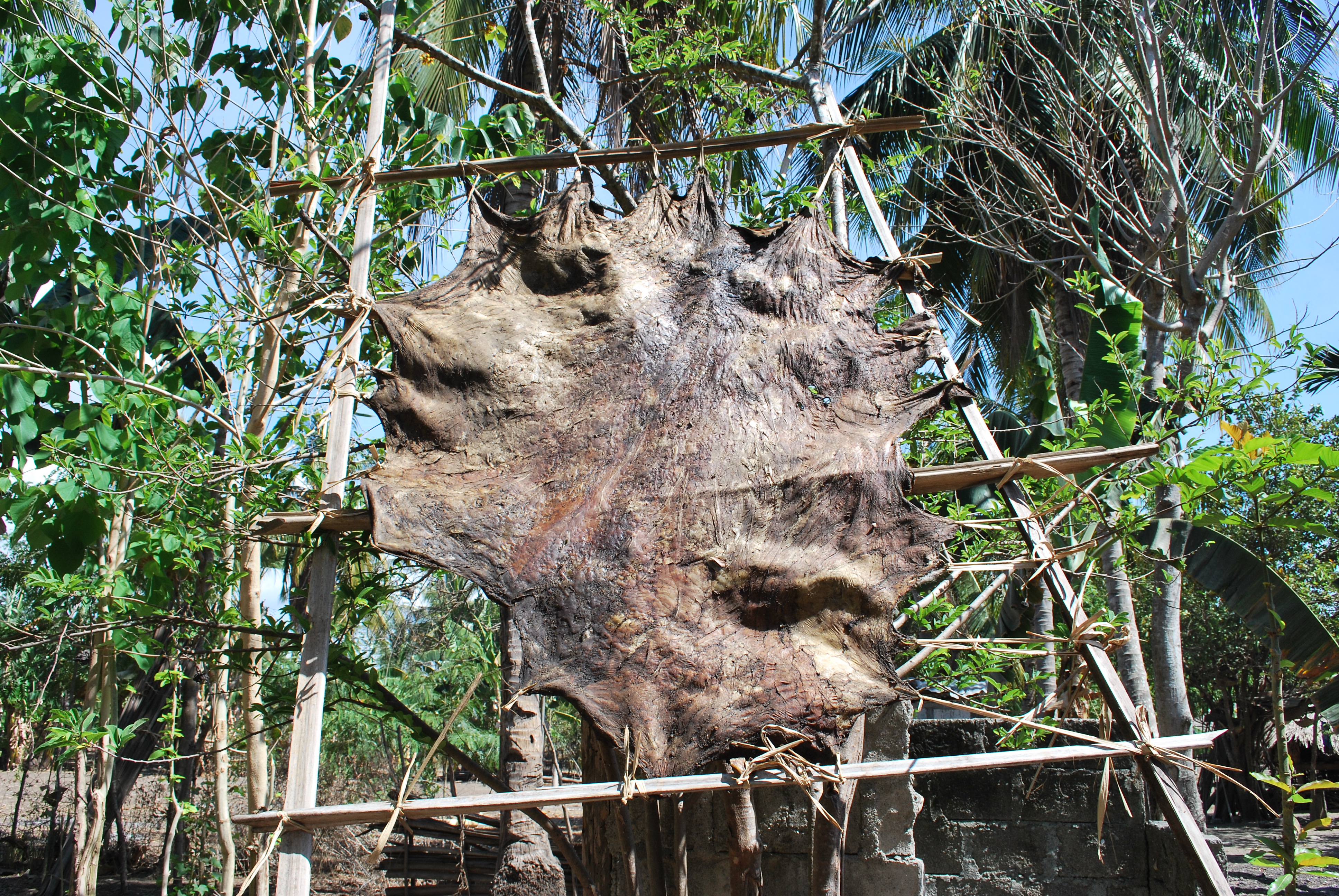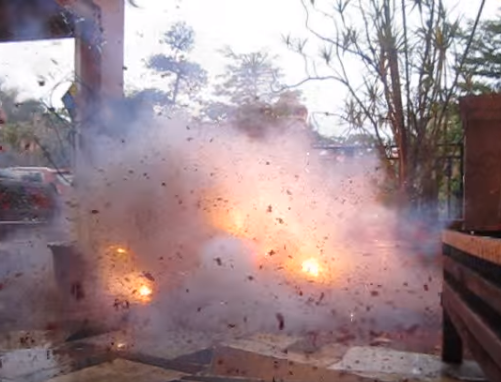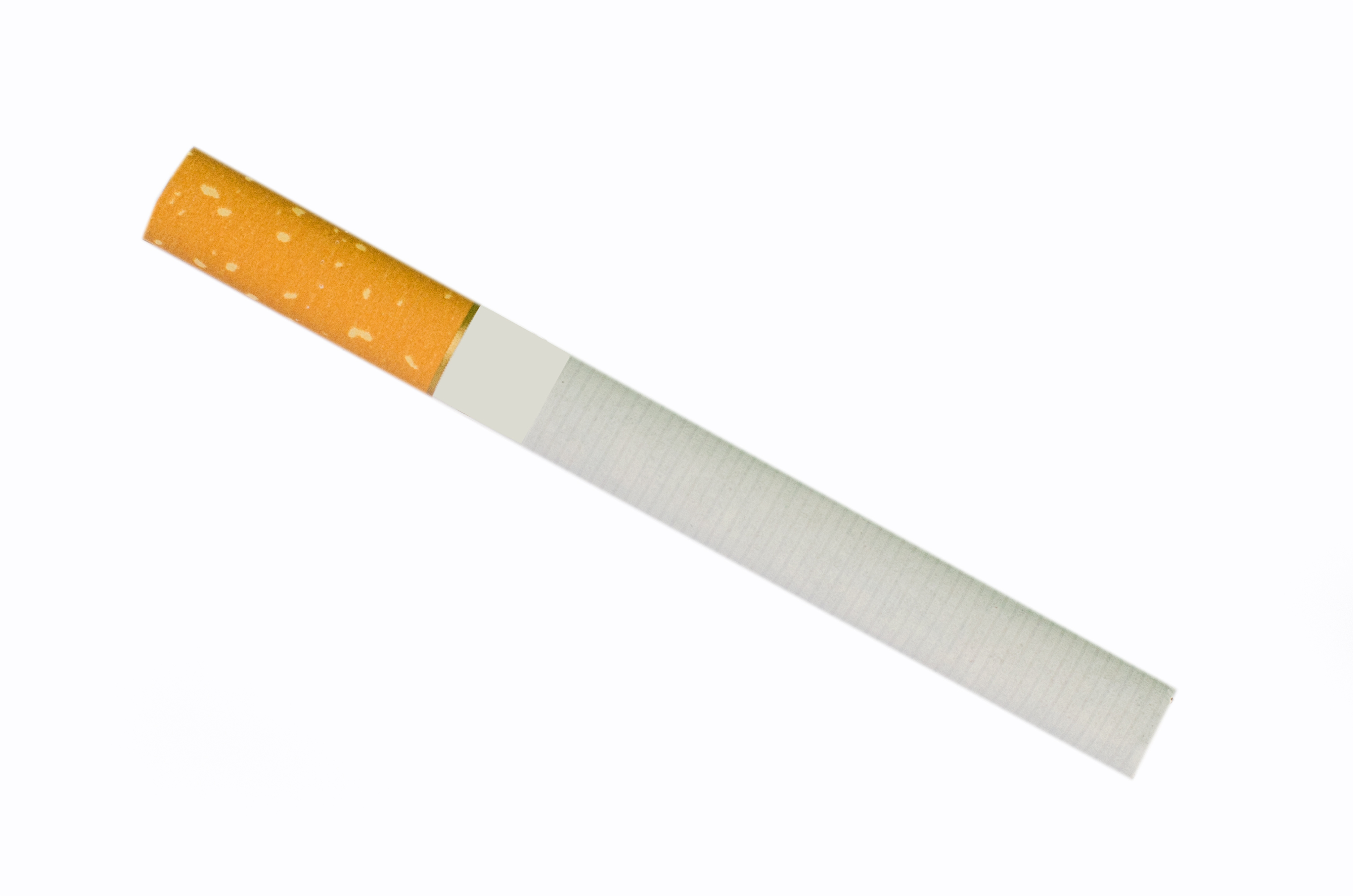|
Manufacturing In Hong Kong
Manufacturing in Hong Kong consists of mainly Light industry, light and Labour-intensive industry, labour-intensive industries. Manufacturing started in the 19th century after the Taiping Rebellion and continues today, although it has largely been replaced by service industries, particularly those involving finance and real estate. As an entrepôt, Hong Kong had limited manufacturing development until the Second World War, when the development of manufacturing industries was discontinued due to the Japanese occupation of Hong Kong, Japanese occupation. Manufacturing in the city revived after the War. The 1950s saw the city's transition from an entrepôt to a manufacturing-based economy. The city's manufacturing industry grew rapidly over the next decade. The industries were diversified in different aspects in the 1970s. One of the most notable reasons of diversification was the 1970s energy crisis, oil crisis. Early development 1842 to 1918 After the British acquisition of Hong ... [...More Info...] [...Related Items...] OR: [Wikipedia] [Google] [Baidu] |
Light Industry
Light industry are Industry (economics), industries that usually are less Capital intensity, capital-intensive than heavy industry, heavy industries and are more consumer-oriented than business-oriented, as they typically produce smaller consumer goods. Most light industry products are produced for end users rather than as intermediates business-to-business, for use by other industries. Light industry facilities typically have a smaller natural environment, environmental impact than those associated with heavy industry. For that reason, zoning laws are more likely to permit light industry near residential areas. One definition states that light industry is a "manufacturing activity that uses moderate amounts of partially processed materials to produce items of relatively high value per unit weight". Characteristics Compared to heavy industries, light industries require fewer raw materials, space, and power. While light industry typically causes little pollution, particularly c ... [...More Info...] [...Related Items...] OR: [Wikipedia] [Google] [Baidu] |
Clothing
Clothing (also known as clothes, garments, dress, apparel, or attire) is any item worn on a human human body, body. Typically, clothing is made of fabrics or textiles, but over time it has included garments made from animal skin and other thin sheets of materials and natural products found in the environment, put together. The wearing of clothing is mostly restricted to human beings and is a feature of all human societies. The amount and type of clothing worn depends on gender, body type, social factors, and geographic considerations. Garments cover the body, footwear covers the feet, gloves cover the hands, while hats and headgear cover the head, and underwear covers the intimate parts. Clothing serves many purposes: it can serve as protection from the elements, rough surfaces, sharp stones, rash-causing plants, and insect bites, by providing a barrier between the skin and the environment. Clothing can insulate against cold or hot conditions, and it can provide a hygienic barrie ... [...More Info...] [...Related Items...] OR: [Wikipedia] [Google] [Baidu] |
Leather
Leather is a strong, flexible and durable material obtained from the tanning (leather), tanning, or chemical treatment, of animal skins and hides to prevent decay. The most common leathers come from cattle, sheep, goats, equine animals, buffalo, pigs and hogs, ostriches, and aquatic animals such as seals and alligators. Leather can be used to make a variety of items, including clothing, footwear, handbags, furniture, tools and sports equipment, and lasts for decades. Leather making has been practiced for more than 7,000 years and the leading producers of leather today are China and India. Critics of tanneries claim that they engage in unsustainable practices that pose health hazards to the people and the environment near them. Production processes The leather manufacturing process is divided into three fundamental subprocesses: preparatory stages, tanning, and crusting. A further subprocess, finishing, can be added into the leather process sequence, but not all leathers ... [...More Info...] [...Related Items...] OR: [Wikipedia] [Google] [Baidu] |
Glass Production
Glass production involves two main methods – the float glass process that produces sheet glass, and glassblowing that produces bottles and other containers. It has been done in a variety of ways during the history of glass. Glass container production Broadly, modern glass container factories are three-part operations: the "batch house", the "hot end", and the "cold end". The batch house handles the raw materials; the hot end handles the manufacture proper—the forehearth, forming machines, and annealing ovens; and the cold end handles the product-inspection and packaging equipment. Batch processing system (batch house) Batch processing is one of the initial steps of the glass-making process. The batch house simply houses the raw materials in large silos (fed by truck or railcar), and holds anywhere from 1–5 days of material. Some batch systems include material processing such as raw material screening/sieve, drying, or pre-heating (i.e. cullet). Whether automated or ... [...More Info...] [...Related Items...] OR: [Wikipedia] [Google] [Baidu] |
Firecracker
A firecracker (cracker, noise maker, banger) is a small explosive device primarily designed to produce a large amount of noise, especially in the form of a loud bang, usually for celebration or entertainment; any visual effect is incidental to this goal. They have fuses, and are wrapped in a heavy paper casing to contain the explosive compound. Firecrackers, along with fireworks, originated in China. History The predecessor of the firecracker was a type of heated bamboo, used as early as 200 BCE, that exploded when heated continuously. The Chinese name for firecrackers, ''baozhu'' (), literally means "exploding bamboo." After the invention of gunpowder, gunpowder firecrackers had a shape that resembled bamboo and produced a similar sound, so the name "exploding bamboo" was retained. In traditional Chinese culture, firecrackers were used to scare off enemies or evil spirits. Firecrackers production and sales Ingredients Firecrackers are generally made of cardboard or plas ... [...More Info...] [...Related Items...] OR: [Wikipedia] [Google] [Baidu] |
Light Industries
Light industry are industries that usually are less capital-intensive than heavy industries and are more consumer-oriented than business-oriented, as they typically produce smaller consumer goods. Most light industry products are produced for end users rather than as intermediates for use by other industries. Light industry facilities typically have a smaller environmental impact than those associated with heavy industry. For that reason, zoning laws are more likely to permit light industry near residential areas. One definition states that light industry is a "manufacturing activity that uses moderate amounts of partially processed materials to produce items of relatively high value per unit weight". Characteristics Compared to heavy industries, light industries require fewer raw materials, space, and power. While light industry typically causes little pollution, particularly compared to heavy industry, some light industries can cause significant pollution or risk of cont ... [...More Info...] [...Related Items...] OR: [Wikipedia] [Google] [Baidu] |
Biscuits
A biscuit is a Flour, flour-based baked food item. Biscuits are typically hard, flat, and Unleavened bread, unleavened. They are usually sweet and may be made with sugar, chocolate, icing (food), icing, jam, ginger, or cinnamon. They can also be savoury, similar to Cracker (food), crackers. Types of biscuit include biscotti, sandwich biscuits (such as custard creams), digestive biscuits, ginger biscuits, shortbread biscuits, chocolate chip cookies, chocolate-coated marshmallow treats, Anzac biscuits, and speculaas. The term "biscuit" is used in many English-speaking countries including Britain, Ireland, Australia, New Zealand, India, and South Africa. In the United States and parts of Canada, sweet biscuits are nearly always called "cookies" and savoury biscuits are called "crackers", while the term ''Biscuit (bread), biscuit'' is used for a soft, leavened quick bread similar to a savoury version of a ''scone''. Variations in meaning of ''biscuit'' The word ''biscuit'' is us ... [...More Info...] [...Related Items...] OR: [Wikipedia] [Google] [Baidu] |
Cigarette
A cigarette is a narrow cylinder containing a combustible material, typically tobacco, that is rolled into Rolling paper, thin paper for smoking. The cigarette is ignited at one end, causing it to smolder; the resulting smoke is orally inhaled via the opposite end. Cigarette smoking is the most common method of tobacco consumption. The term ''cigarette'', as commonly used, refers to a tobacco cigarette, but the word is sometimes used to refer to other substances, such as a joint (cannabis), cannabis cigarette or a herbal cigarette. A cigarette is distinguished from a cigar by its usually smaller size, use of processed leaf, different smoking method, and paper wrapping, which is typically white. There are significant negative health effects from smoking cigarettes such as cancer, chronic obstructive pulmonary disease (COPD), cardiovascular disease, heart disease, birth defects, and other Health effects of tobacco, health problems relating to nearly every organ of the body. Most ... [...More Info...] [...Related Items...] OR: [Wikipedia] [Google] [Baidu] |
Towel
A towel () is a piece of absorption (chemistry), absorbent cloth or paper used for drying or wiping a surface. Towels draw moisture through direct contact. Bathing towels and hand towels are usually made of cotton, linen, bamboo and Microfiber, synthetic microfibers. In households, several types of towels are used, such as hand towels, bath towels, and Dishtowel, kitchen towels. Paper towels are provided in commercial or office Bathroom, bathrooms, via a dispenser, for users to dry their hands. They are also used for such duties such as wiping, cleaning, and drying. History According to Middle Ages archaeological studies, "... closely held personal items included the ever present knife and a towel." However, the invention of the towel is commonly associated with the city of Bursa, Turkey, in the 17th century. These Turkish towels began as a flat, woven piece of cotton or linen called a ''peshtamal'', often hand-embroidered. Long enough to wrap around the body, peshtamal were or ... [...More Info...] [...Related Items...] OR: [Wikipedia] [Google] [Baidu] |
First World War
World War I or the First World War (28 July 1914 – 11 November 1918), also known as the Great War, was a World war, global conflict between two coalitions: the Allies of World War I, Allies (or Entente) and the Central Powers. Fighting took place mainly in European theatre of World War I, Europe and the Middle Eastern theatre of World War I, Middle East, as well as in parts of African theatre of World War I, Africa and the Asian and Pacific theatre of World War I, Asia-Pacific, and in Europe was characterised by trench warfare; the widespread use of Artillery of World War I, artillery, machine guns, and Chemical weapons in World War I, chemical weapons (gas); and the introductions of Tanks in World War I, tanks and Aviation in World War I, aircraft. World War I was one of the List of wars by death toll, deadliest conflicts in history, resulting in an estimated World War I casualties, 10 million military dead and more than 20 million wounded, plus some 10 million civilian de ... [...More Info...] [...Related Items...] OR: [Wikipedia] [Google] [Baidu] |
Warlord Era
The Warlord Era was the period in the history of the Republic of China between 1916 and 1928, when control of the country was divided between rival Warlord, military cliques of the Beiyang Army and other regional factions. It began after the death of Yuan Shikai, the President of the Republic of China, President of China after the Xinhai Revolution had overthrown the Qing dynasty and established the Republic of China (1912–1949), Republic of China in 1912. Yuan's death on 6 June 1916 created a power vacuum which was filled by Warlord, military strongmen and widespread violence, chaos, and oppression. The Nationalist Kuomintang (KMT) government of Sun Yat-sen, based in Guangzhou, began to contest Yuan's Beiyang government based in Beijing for recognition as the legitimate government of China. The most powerful cliques were the Zhili clique led by Feng Guozhang, who controlled several northern provinces; the Anhui clique led by Duan Qirui, based in several southeastern provinces ... [...More Info...] [...Related Items...] OR: [Wikipedia] [Google] [Baidu] |
Xinhai Revolution
The 1911 Revolution, also known as the Xinhai Revolution or Hsinhai Revolution, ended China's last imperial dynasty, the Qing dynasty, and led to the establishment of the Republic of China (ROC). The revolution was the culmination of a decade of agitation, revolts, and uprisings. Its success marked the collapse of the Chinese monarchy, the end of over two millennia of imperial rule in China and the 200-year reign of the Qing, and the beginning of China's early republican era. The Qing had struggled for a long time to reform the government and resist foreign aggression, but the program of reforms after 1900 was opposed by conservatives in the Qing court as too radical and by reformers as too slow. Several factions, including underground anti-Qing groups, revolutionaries in exile, reformers who wanted to save the monarchy by modernizing it, and activists across the country debated how or whether to overthrow the Qing dynasty. The flash-point came on 10 October 1911, with th ... [...More Info...] [...Related Items...] OR: [Wikipedia] [Google] [Baidu] |









